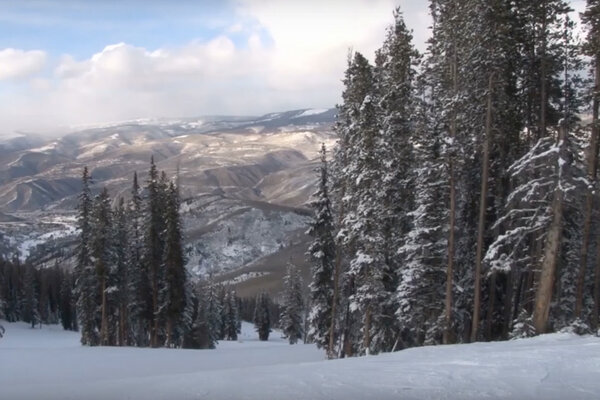NOAA scientists have installed a state-of-the-art observing network in a remote basin near Crested Butte to study how precipitation forms in complex, high-altitude terrain. Their goal: improving weather and river flow prediction in a watershed critical to the region’s water supply
A geoengineering technique called marine cloud brightening could help clouds reflect more sunlight by injecting them with salt particles, thereby cooling the planet. But a new study finds the technique has to get everything exactly right to work, and may not work at all.

In a tweet chat featuring four NOAA marine experts, learn about the National Marine Ecosystem Status website, how to use it, and why you should care about the health of marine ecosystems.

It was the fifth-warmest September on record, and the East Asian summer monsoon was especially wet.
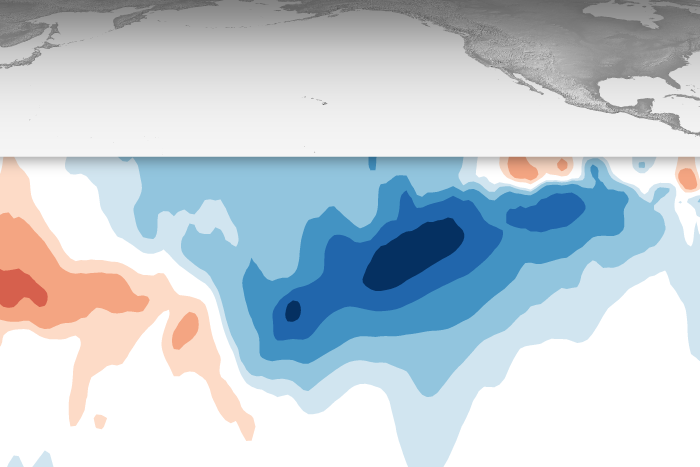
La Niña conditions have returned to the tropical Pacific. Our blogger gives you the details.
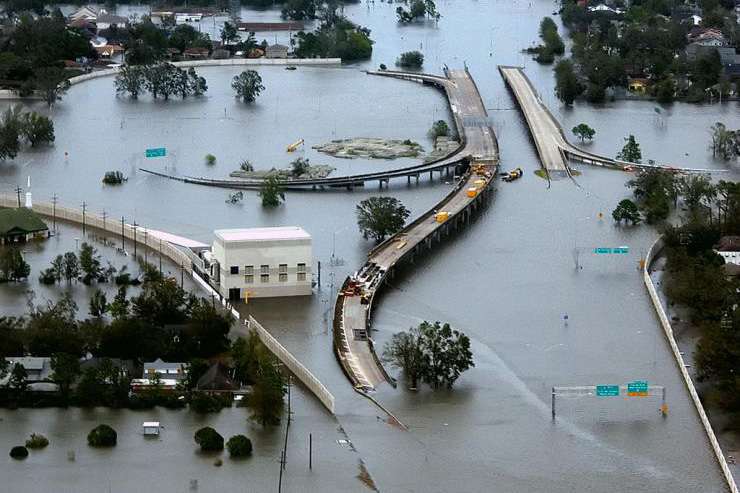
NOAA’s Climate Program Office (CPO) has announced a total award amount of $171 million, the highest five-year investment in the program’s history, to support innovative and impactful projects to improve our nation’s climate resilience.
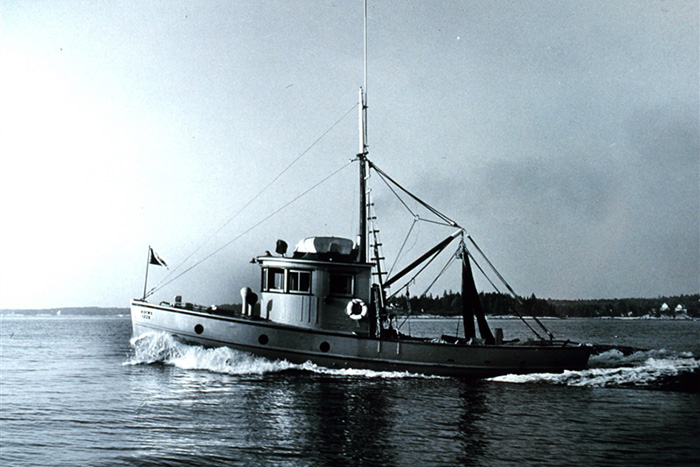
Modelers are working to better understand climate drivers of ecosystem uncertainties in Earth system models used in fishery management.
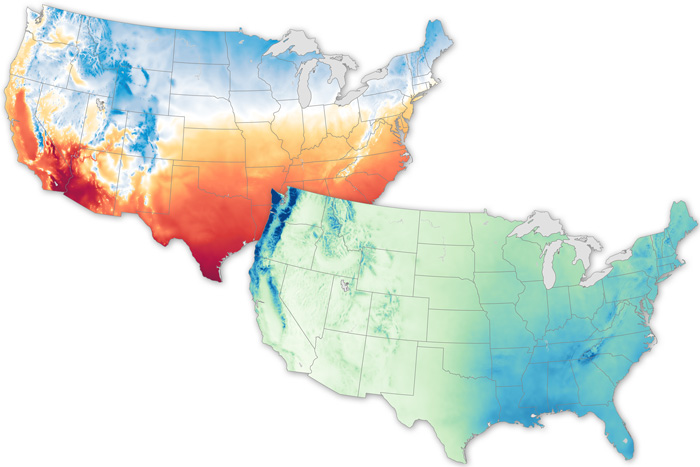
Maps showcase the broad range of climates across the contiguous United States.
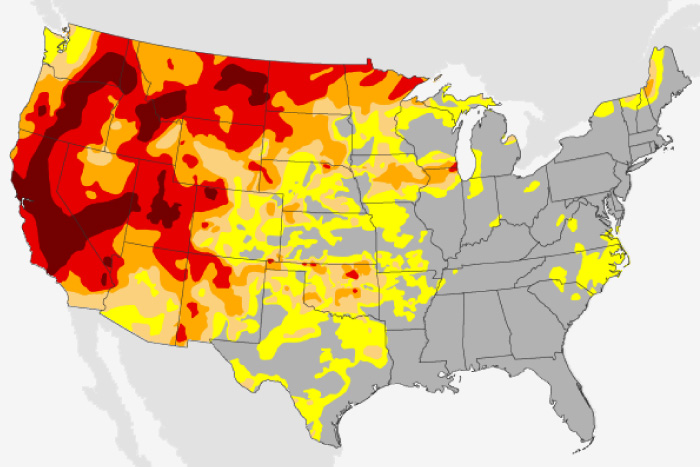
Warmth was widespread across the contiguous United States, while precipitation was a patchwork, with most of the drier-than-average regions in the already-parched West.
